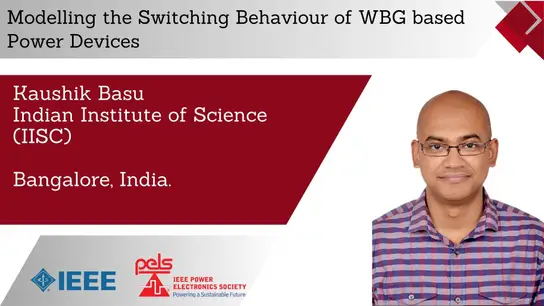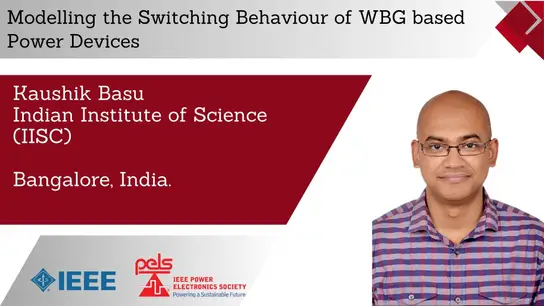Modular Multilevel Converter (MMC) for Traction Applications Video
Luiz Henrique Barreto and Dalton A. Honorio
-
Members: FreePELS
IEEE Members: $11.00
Non-members: $15.00Length: 00:47:53
17 Oct 2017
Since its initial conception, the transformer has been used in the most diverse applications where insulation and adaptation of voltage levels are demanded. In fact, this device is widely employed either directly or indirectly in all electric engineering fields due its simple design for distinct power and voltage conversion levels. More specifically, the power transformer ensures the aforementioned characteristics in power systems applications, such as: ac power energy transmission and distribution, as well as, medium voltage machine drives. However, such applications are typically based on a bulky low frequency device called Line Frequency Transformer (LFT).
Moreover, many applications normally use oil inside the LFTs for cooling and insulation purposes, what has direct impact on weight and volume and implies serious environmental issues. Other drawback lies in the low efficiency of LFTs, since they are typically designed with high current densities (as less amount of copper is required) and operate at heavy load conditions that may result in operation with efficiency of 90 percent. In order to overcome such bottlenecks, many recent studies have tried to replace the conventional LFT for a power converter using a Medium Frequency Transformer (MFT) with operating frequency around thousands of hertz, thus reducing intrinsic size and the weight of magnetics.
Such reduction is a must in medium voltage machine drives, more particularly in electric railway application, since a more compact propulsion system is a requirement, resulting in the improvement of the transformer efficiency and reduction of the requested power with the same cargo capability. This advantage is specially desired in Electric Multiple Units (EMU) where the propulsion system is distributed among the locomotive cars.
Besides the voltage and weight reduction, the approach using MFTs must ensure harmonic mitigations, power factor correction, fault suppressions, among other functionalities.
This talk will present several SST topologies. Since all configurations are supposed to deal with high voltages levels due the innate SST propose, designers must choose the technology that best fits in their applications, considering the own particular characteristics.
Primary Committee:
PELS


